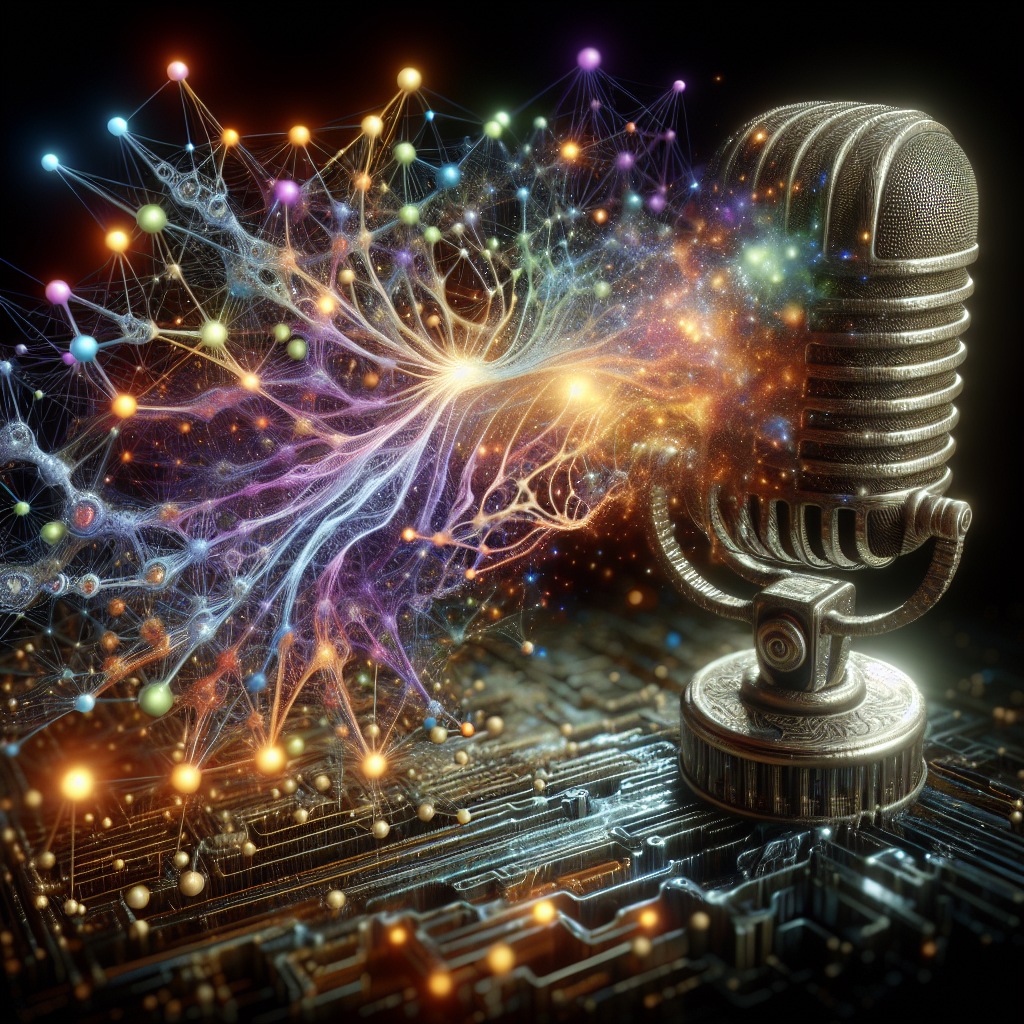In recent years, there has been a surge in the development and application of recurrent neural networks (RNNs) in various fields, including speech recognition. RNNs are a type of artificial neural network that is designed to handle sequential data by maintaining a memory of past inputs. This makes them particularly well-suited for tasks such as speech recognition, where the input data is a continuous stream of audio signals.
One of the key advantages of RNNs in speech recognition is their ability to capture long-range dependencies in the input data. Traditional feedforward neural networks struggle with this task because they treat each input as independent, which can lead to errors in recognizing words or phrases that are spread out over time. RNNs, on the other hand, are able to remember past inputs and use them to inform future predictions, allowing them to better understand the context of the speech they are analyzing.
Another benefit of RNNs in speech recognition is their flexibility in handling variable-length sequences. Unlike traditional models that require fixed-length inputs, RNNs can process inputs of any length, making them ideal for tasks like transcribing spoken language where the length of the input can vary greatly from one utterance to the next.
One of the most popular architectures of RNNs used in speech recognition is the long short-term memory (LSTM) network. LSTMs are designed to address the vanishing gradient problem that can occur in standard RNNs, which can make it difficult for the network to learn long-term dependencies in the data. By incorporating memory cells and gating mechanisms, LSTMs are able to retain important information over time, making them well-suited for tasks like speech recognition where context is crucial.
The potential of RNNs in speech recognition is vast, with applications ranging from voice-controlled virtual assistants to automatic transcription services. By leveraging the power of RNNs to capture long-range dependencies and handle variable-length sequences, researchers and developers are able to create more accurate and efficient speech recognition systems that can better understand and interpret spoken language.
As the field of artificial intelligence continues to advance, the potential of RNNs in speech recognition will only continue to grow. With ongoing research and development, we can expect to see even more sophisticated and effective speech recognition systems that leverage the capabilities of RNNs to better understand and interact with human speech.
#Unleashing #Potential #Recurrent #Neural #Networks #Speech #Recognition,rnn
